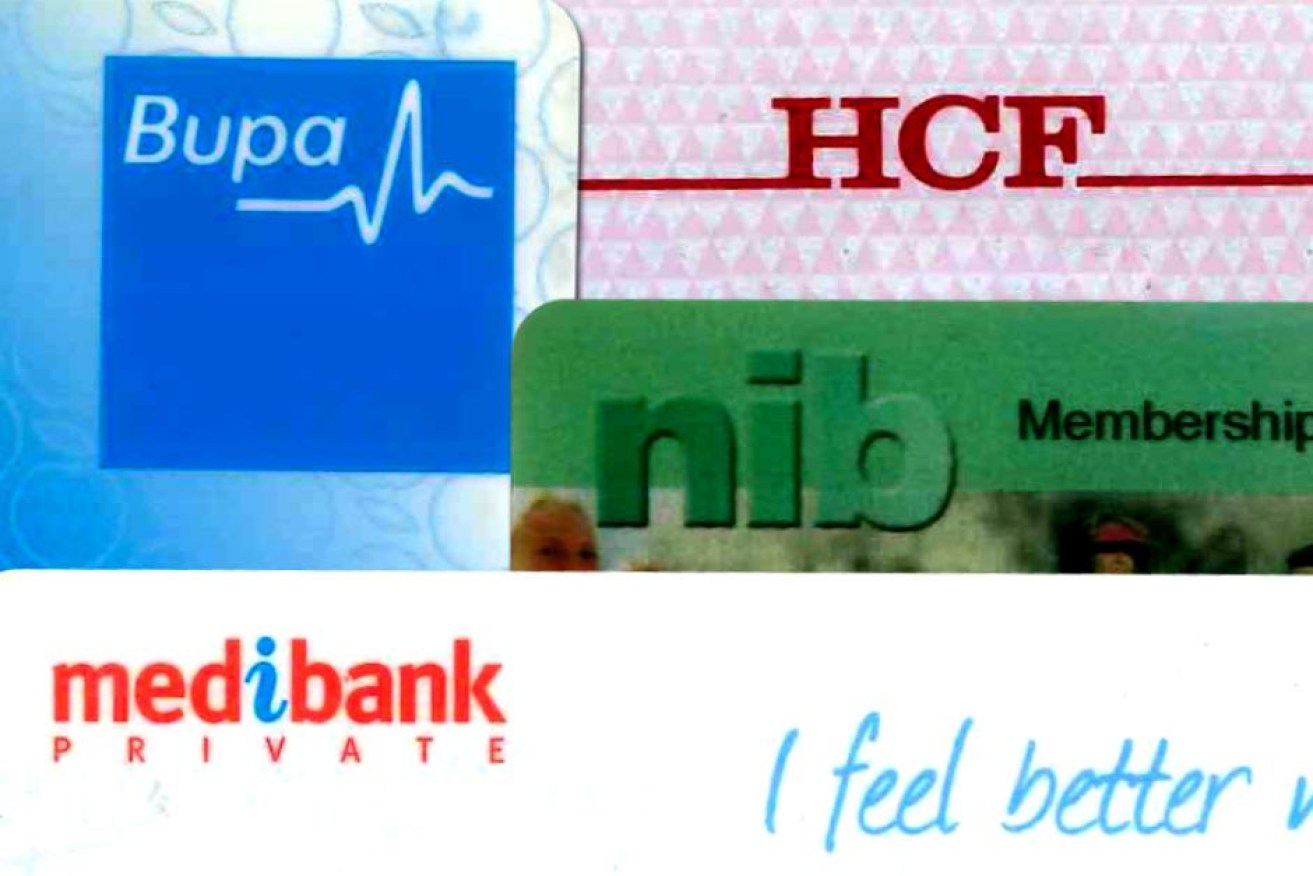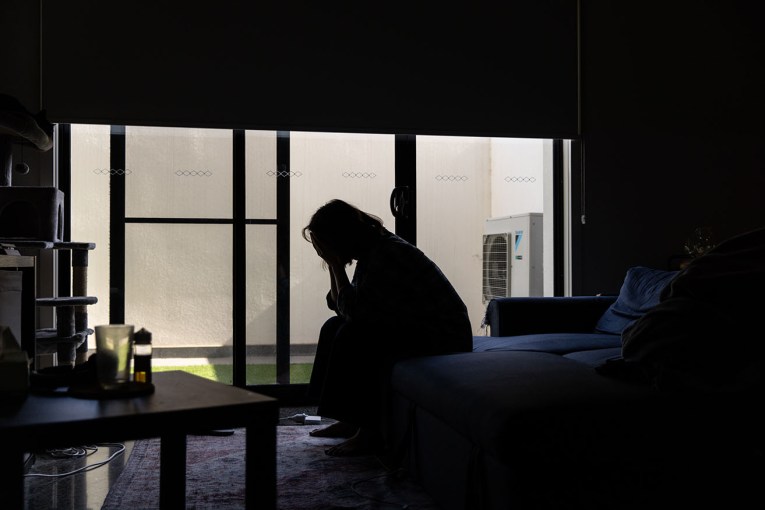Health insurance premiums to rise by twice as much as wages

Private health insurance price rise comes as people increasingly drop their cover. Photo: ABC
Health insurance premiums will rise by almost $150 per year for most families this year.
Federal Health Minister Greg Hunt has given his approval for private health insurers to lift their premiums by an average of 3.95 per cent from April 1.
Last year’s premium increase was 4.84 per cent.
The government’s estimate is this will cost a single person $1.40 more each week ($73 for the year).
As for families, the government expects they will pay about $2.75 extra per week ($143 for the year).
“The Turnbull government’s reforms to take the pressure off private health insurance has today delivered the lowest annual premium change in almost two decades,” Mr Hunt said.
However, this may not do much to improve the affordability of health insurance — since the almost 4 per cent hike is twice as much as the average worker’s pay rise and other increases in the cost of living.
Last year, wage growth and inflation rose by around 2 per cent.
“Death and taxes are no longer the only certainties in life — massive health insurance price rises have also joined the club,” said Sophie Walsh, an insurance specialist at finder.com.au, a price comparison website.
“With insurers increasing their annual premiums by more than double the rate of wage growth, it’s more crucial than ever to shop around and make sure you’re getting the best deal to avoid paying for cover you don’t need.”
Nevertheless, Mr Hunt said the outcome would have been worse without recent Government intervention.
“Already the significant private health insurance reforms that we announced in October last year have made an impact and they will continue to drive down costs.”
The reforms include savings of $1.1 billion from reform to the prostheses list, and “$6.4 billion every year in the private health insurance rebate to help keep premiums affordable”.
How the big players compare
Out of the four largest private health insurers, HCF’s premium hike (3.39 per cent) is the lowest.
Medibank and its subsidiary AHM will lift their average premiums by 3.88 per cent.
Nib will lift its premiums by 3.93 per cent.
Bupa’s 3.99 per cent increase is the most expensive, and higher than the average touted by the government (3.95 per cent).
“Australians have among the highest life expectancy in the world and access to world class healthcare services … however this comes at a cost,” Bupa’s managing director Dr Dwayne Crombie said.
In weekly terms, Bupa estimated the premium increase would cost singles an extra $2 per week — which is 43 per cent higher than the average increase outlined by the government ($1.40).
Families insured with Bupa will pay an additional $4 per week — 45 per cent more than the weekly average increase ($2.75).
Medibank’s chief executive Craig Drummond said these price increases need to be put in perspective.
“Private health costs have increased by around 5 per cent over the past 12 months,” he observed.
“These costs are largely being driven by medical inflation and an increase in the frequency of people seeking treatment.”
The higher premiums are also driven by an “aging population, rising chronic disease … and the cost of new medical technology,” said NIB’s CEO Mark Fitzgibbon.
“In the big picture, we’re simply running out of sufficient taxpayers to fund a growing retired population.”
He also warned that “as we did with superannuation, people are going to have to take greater responsibility for their lifetime healthcare costs.”
– ABC








